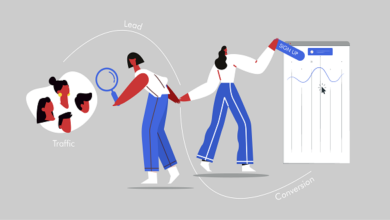Discovering International Search Engines

Targeting International Users
Say that you decide to take your business to the international markets. You know that a market exists for classic car customization, and it will generate a whole lot more revenue for you and your company.
Before you get started, remember that when doing business in other countries, you have to be aware of laws other than those of the United States. Unfortunately, to make things difficult on all of us, there is no such thing as a standard international copyright law. National laws, to no one’s surprise, apply only to businesses operating within that country.
Two countries can barely agree on pizza toppings, metaphorically speaking, let alone a standard international law. Although international law goes beyond the scope of this book, we caution you to look into the laws governing copyright and business before entering an international market.
Domains and geolocating
Internationalization revolves around domain (where the site actually exists on the web), language, culture, and geolocation issues. Geolocation is the identification of a web page as belonging to or being relevant for a particular country. You also have to be aware of the country‐code top‐level domain, which is the last part of an Internet domain name — the letters that follow the final dot of any domain name. A country‐code top‐level domain (ccTLD) is specific to a particular country, such as .ca, .cn, .uk, and .mx. Be aware that ccTLDs are abbreviations in that country’s language, so the ccTLD for Germany is actually .de, for Deutschland.
Identifying Opportunities for Your International Site
When you expand into the international market, you have three options when it comes to your site architecture: one site, multiple sites, or a combination of the two. With one site, you can take advantage of subdomains (smaller domains linked to bigger domains) and subdirectories that point to pages in different languages or are geared toward specific countries. Multiple sites require you to build an individual site for every country with a local ccTLD, preferably hosted in the country.
Single sites
All the incoming links (links from outside sources) and all your web traffic point to one domain, rather than being split between two or more sites. Although lots of traffic doesn’t necessarily mean a high conversion rate, it sure doesn’t hurt.
In addition, if you use a single site, you will have more pages in the search engine’s index, which is the search engine’s database of web pages that it periodically searches to offer up to users for search queries. Grouping by language prevents duplicate content. Remember, search engines remove a site from their search results if they think it is duplicate content.
The blended approach
If you have an international site on the .com top‐level domain, you can use a blended approach, which combines the methods used for both single and multiple sites. This approach might be the most realistic for worldwide presence. With this approach, you can start with a .com site and then build country‐specific sites, as needed. Creating, maintaining, and updating this site setup can cost you, however, because you need to keep every site up‐to‐ date and in step with all the others.
Last word
With an unlimited number of users able to access and manage your projects, you can empower your multinational team with the data available through the SEOToolSet. Every report and interface can be displayed in 20 languages with the switch of a drop‐down menu.





